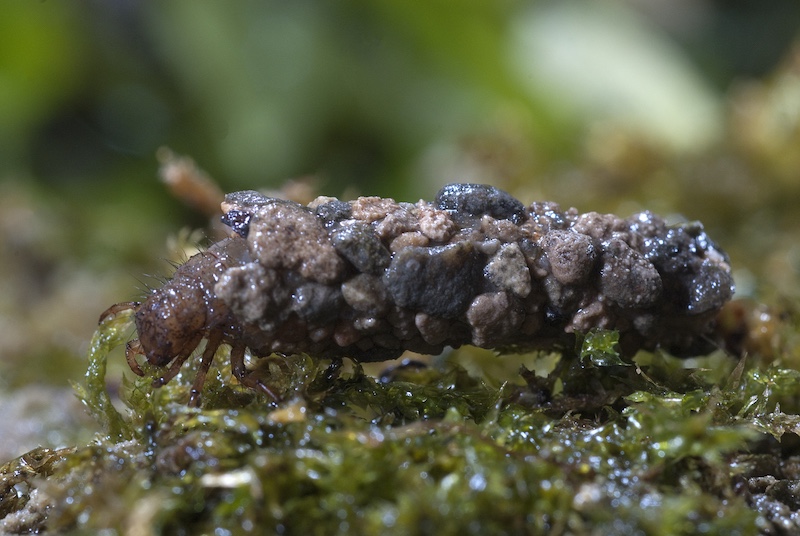Insects are some of the hardest-working and most creative creatures on our planet. Even though they are small, many insects build amazing structures that serve as homes, traps, or nurseries for their young. From underground nests to complex webs, these tiny builders create impressive places that fit their needs perfectly. Here are ten interesting insects that make some of the most beautiful and useful structures in nature.
1. Termites
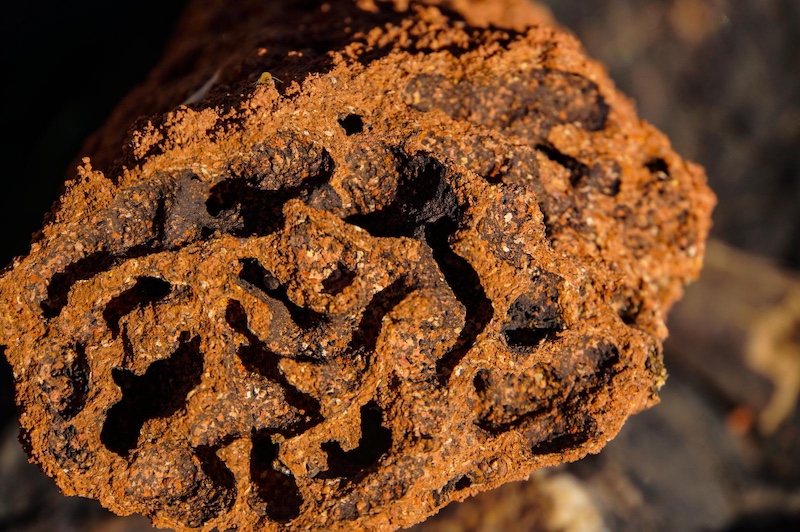
Termites are master architects, known for building towering mounds that can reach up to 30 feet in height. These mounds, often found in African savannas, are complex, featuring ventilation shafts, nurseries, and food storage chambers. The termites maintain a constant internal temperature through a sophisticated system of air circulation, despite the hot climate outside.
2. Weaver Ants
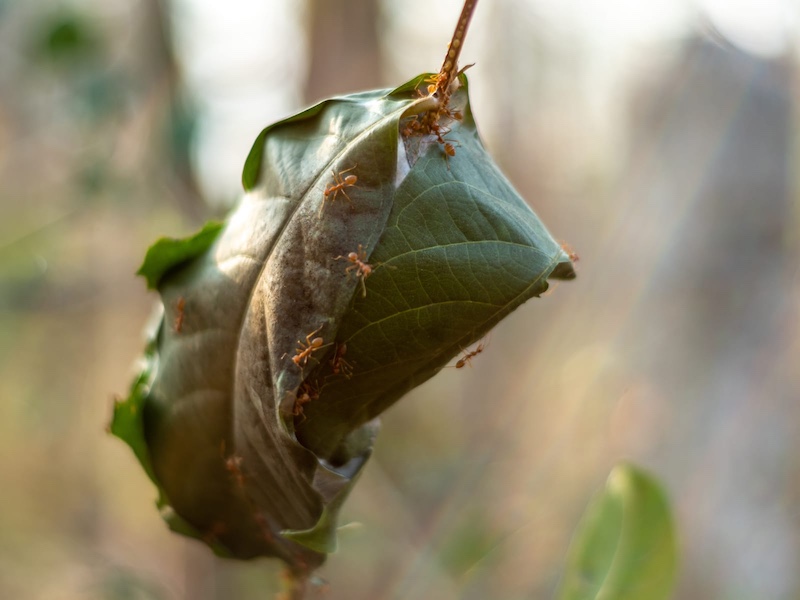
Weaver ants are famous for their remarkable nest-building skills. They use silk produced by their larvae to weave leaves together into large, tree-based nests. These nests can house thousands of ants and are remarkably strong, providing protection from predators and the elements. The teamwork involved is astounding, with ants working in unison to bend leaves and stitch them together.
3. Paper Wasps
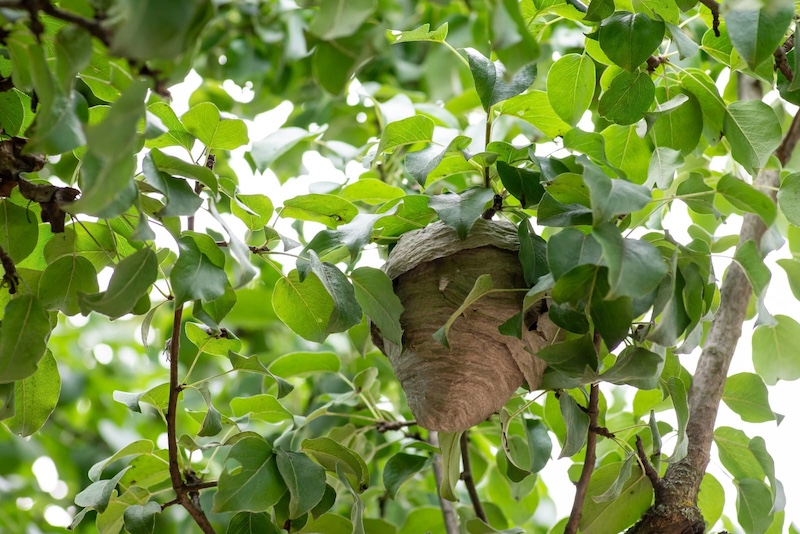
Paper wasps construct intricate nests out of a paper-like material they create by chewing wood fibers mixed with their saliva. These nests consist of multiple hexagonal cells, arranged in a circular pattern. Each cell serves as a chamber for the wasp’s eggs, where larvae are nurtured until they are ready to emerge as adult wasps. The uniformity of the cells and the strength of the material make these nests both beautiful and functional.
4. Honeybees

Honeybees are renowned for their hexagonal honeycombs, which are both efficient and visually stunning. The bees produce wax from their bodies to build these combs, which serve as storage for honey and nurseries for larvae. The hexagonal shape allows bees to store the most honey using the least amount of wax, showcasing the bees’ engineering genius.
5. Bagworm Moths
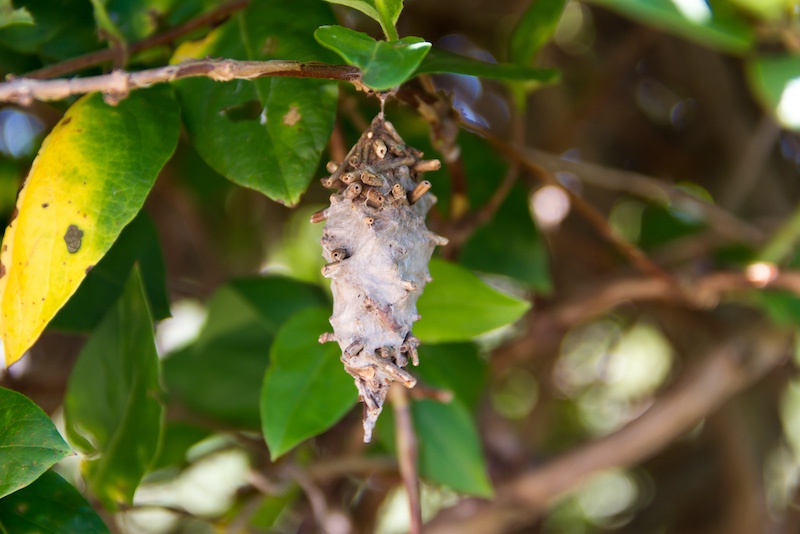
Bagworm moths create small, camouflaged cases out of silk and plant material. These cases, or “bags,” protect the larvae as they grow. The larvae attach pieces of twigs, leaves, or other debris to the silk structure, allowing it to blend in with the surrounding environment. These intricate little shelters are mobile and are carried by the larvae as they move.
6. Mud Dauber Wasps
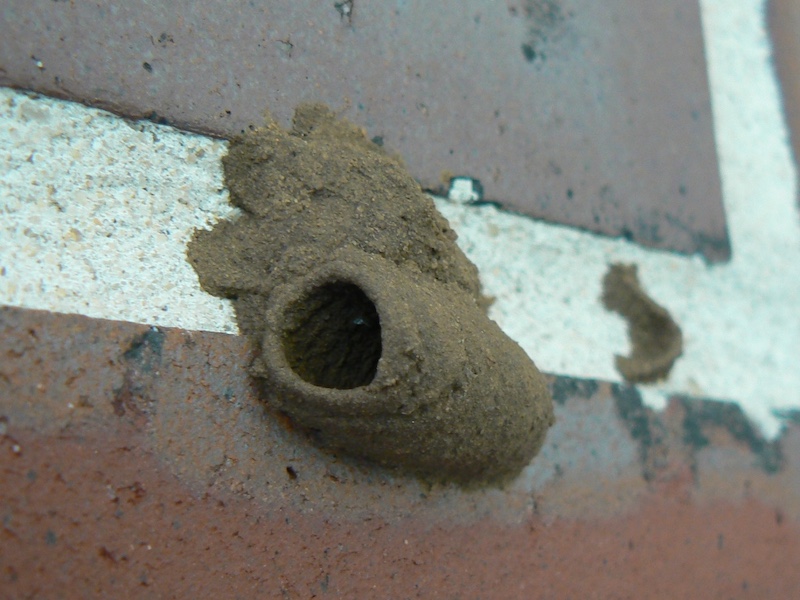
Mud dauber wasps construct small, tubular nests made from mud, which they gather and mold into shape. These nests are often built in sheltered locations, such as under eaves or inside garages. Each tube is a separate chamber for the wasp’s eggs, and the structure is simple but elegant in its design and function.
7. Leafcutter Ants
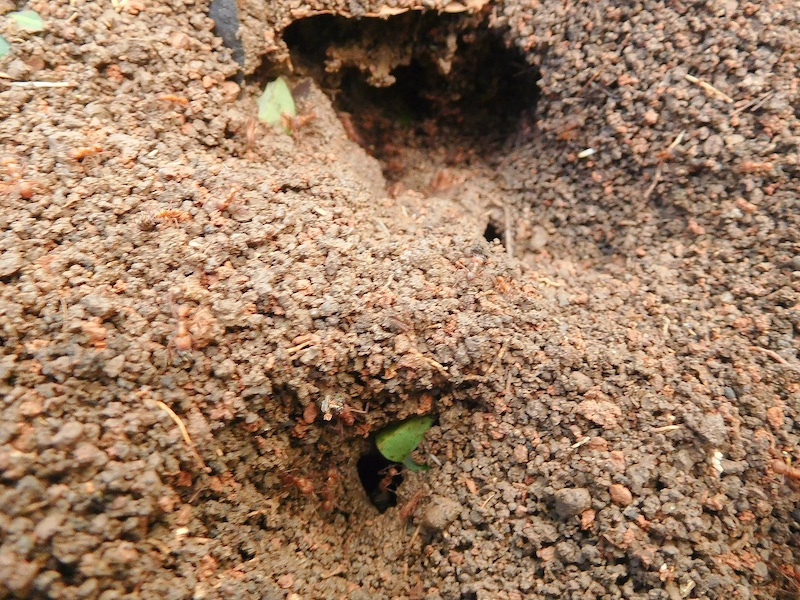
Leafcutter ants are agricultural marvels. They cut leaves and transport them to their underground nests, where they use the plant material to cultivate fungus, their primary food source. The nests of leafcutter ants can be vast, with complex networks of tunnels and chambers that house millions of ants. Their farming system is one of the most advanced seen in the insect world.
8. Caddisfly Larvae
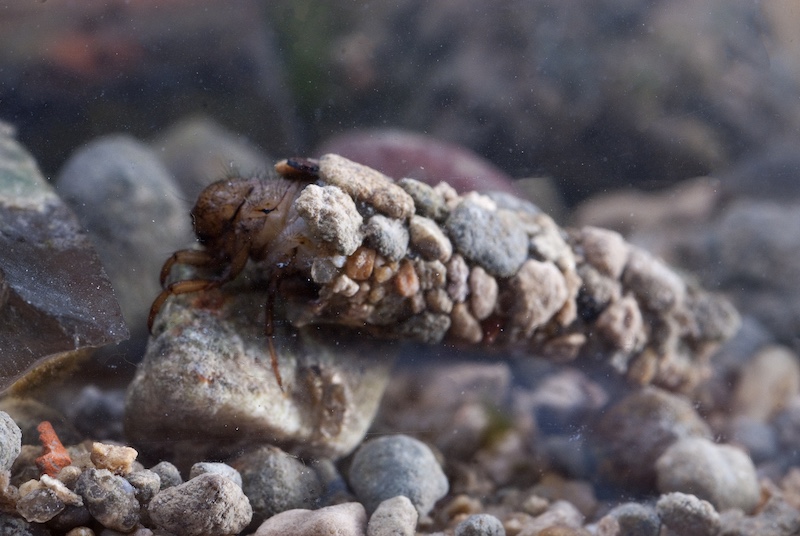
Caddisfly larvae build underwater cases out of sand, pebbles, and plant material, held together with silk. These cases serve as both protection from predators and camouflage against the riverbed. Each species of caddisfly creates a unique design, and the cases are often beautifully arranged, resembling tiny natural sculptures.
9. Gall Wasps
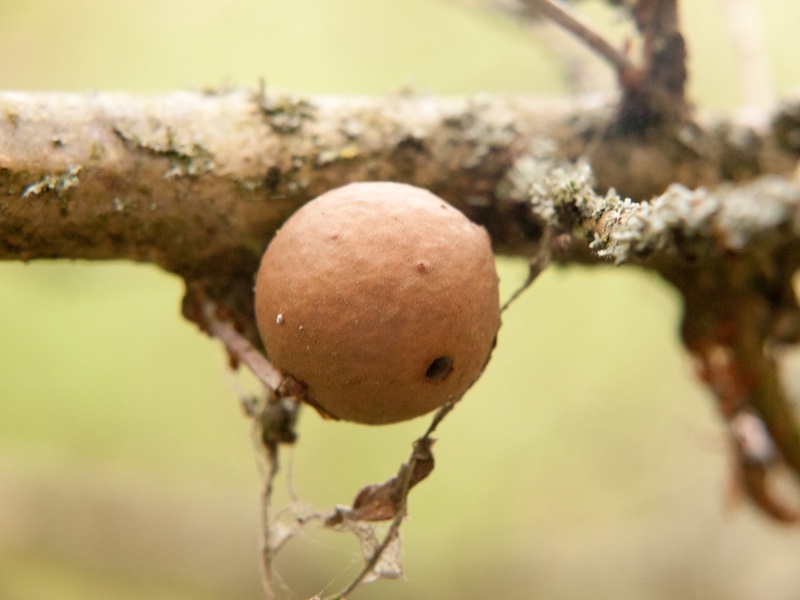
Gall wasps create stunning structures known as galls on plants, particularly oak trees. These galls are abnormal growths that the wasp induces by laying eggs in plant tissue. As the larvae grow, the plant forms a protective, often colorful and textured gall around them. These structures can take on various shapes—spherical, spiky, or even mushroom-like—and are sometimes quite beautiful, resembling tiny sculptures on the branches of trees.
10. Antlions
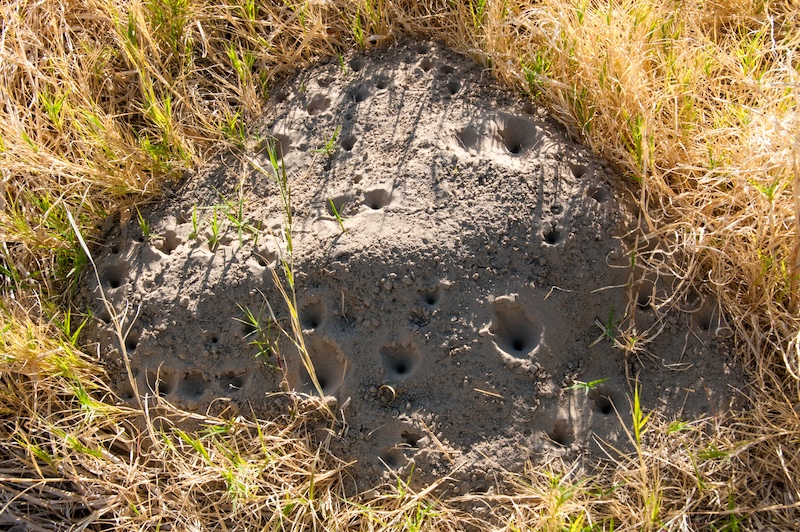
Antlions are known for creating impressive, cone-shaped pit traps in sandy soil. The larvae dig these pits to capture prey, primarily ants. The walls of the pit are steep and slippery, causing any insect that falls in to slide toward the center, where the antlion awaits beneath the surface. These traps are marvels of natural engineering, designed to maximize the chance of capturing prey with minimal effort. Please Note: This content was created with the assistance of AI and thoroughly edited by a human before publishing.

